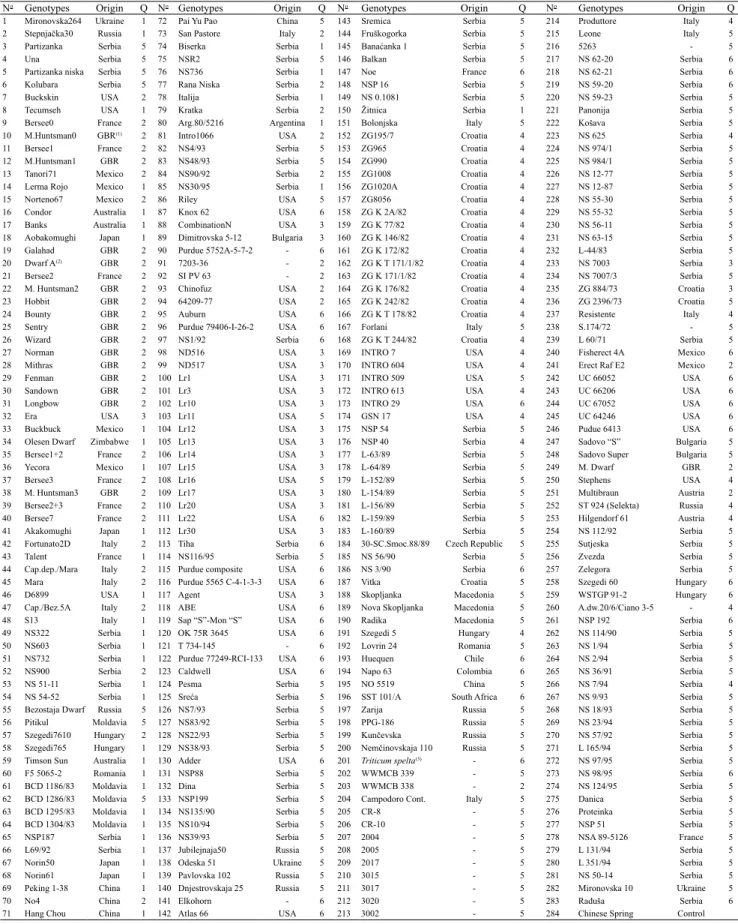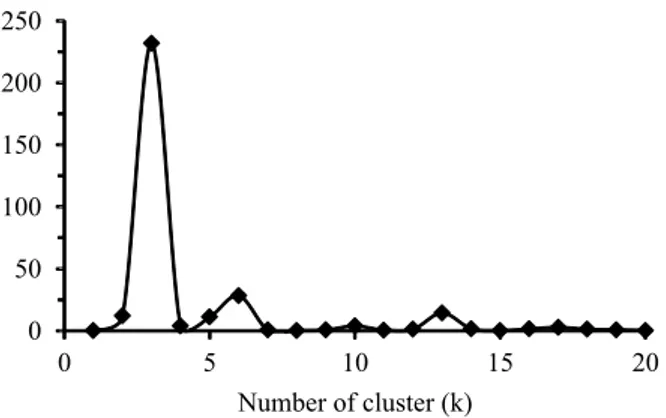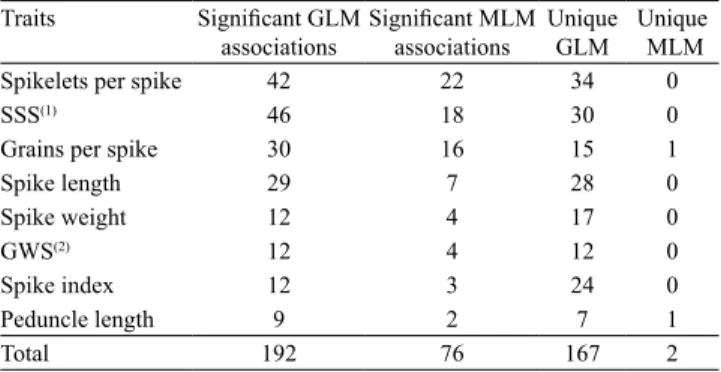Genetic associations in the detection of QTLs for wheat spike‑related traits
Texto
Imagem



Documentos relacionados
In this work we determined the genetic structure of a set of 102 Argentinean bread wheat (Triticum aestivum L.) elite cultivars using 38 biochemical and molecular markers
Inheri- tance of adult plant leaf rust resistance in the Brazilian wheat cultivar Toropi. Genetic analysis of adult-plant resistance to leaf rust in a double haploid wheat
information content (PIC) values and effective number of alleles (Ae) estimated for parental genotypes from Embrapa’s triticale (X Triticosecale Wittmack) breeding program using..
Abstract – The objective of this study was to identify gliadin band patterns and the extent of genetic diversity in durum wheat genotypes from Northwestern Iran and the Republic
The genetic variability for growth traits and population structure of Nelore cattle in Northern Brazil indicates that this population has potential for genetic gain by
Therefore, the objective of this study was to investigate the genetic diversity and the population structure of jatropha accessions found in the oldest germplasm collection in
The Frontana and Sumai 3 wheat ( Triticum aestivum ) genotypes present the highest rates of androgenic response and can be used for the introgression of genetic resistance
length polymorphism (AFLP) marker unweighted pair group method with arithmetic means (UPGMA) dendrogram resulting from the analysis of 19 wheat genotypes using the complement of

